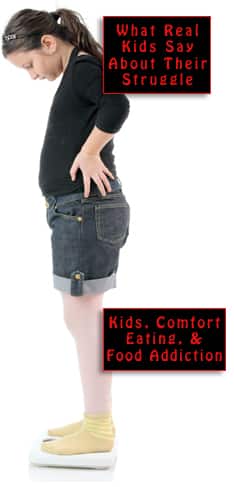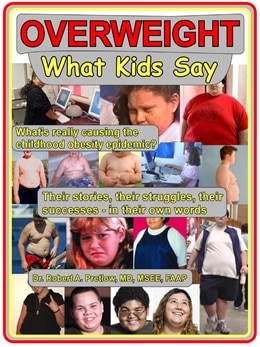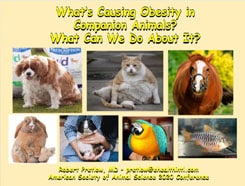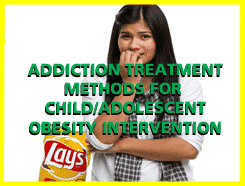So, relax. Eat cake.

Not long ago, we mentioned the experience of Kris, who totally recognized how much her emotional health depended on feeling so massively immovable that she could not be knocked down and rendered helplessly vulnerable. (To state it more theatrically, and sadly, she could absolutely never be “swept off her feet,” either, which was all according to plan).
As we have seen, Richard C. Schwartz and (unrelated) Mark Schwartz spent a decade refining the philosophies and practices of Internal Family Systems, stressing “the importance of working with the eating disordered part of self that encapsulates the trauma of the past.” The materials written for the public explained that, in contrast to other existing treatment facilities, Castlewood helped clients to heal the pain beneath their eating disorders “rather than just manage the symptoms.” They got in touch with their “parts” — the various inner beings known as Exiles, Managers, Firefighters, and other types.
When worlds collide
It seems unfair that even people who grow enough to accept and follow advice will still mess up so badly in choosing which advice to adopt. When taking action, it is also important to do the least possible harm. Listening to the wrong person and/or the lousy advice can be a problem at home, in group therapy, and basically whenever someone sets out to claim agency.
We could say that Kris had an inner advisor who advocated staying massively overweight for the sake of safety. And to all intents and purposes, it worked. But here is the problem. A “part,” be it manager, exile, firefighter, or whatever, could be mistaken in its opinion, and might be a wrong-headed advisor, just like a regular human. Real people and “parts” can all be mistaken, and so might people with degrees and headlines. And so might AI.
Important note: When a counselor helps a patient to identify the decent protective impulses that drive the parts called “firefighter” or “manager,” this is for identification purposes only, and does not imply endorsement or recommendation. To provide meaningful service, the professional really needs to have a handle on what’s what.
Today’s illustration features a slogan that has been seen, with creative variations, many times over the years, but to track and credit the original author would probably be impossible. Our most recent post asked if it is possible to facilitate the healing process without the participation of any actual second human.
And why not?
Well, why shouldn’t this be the case? It has already happened. Look, for instance, at books. They are made from common materials and from symbols that are very different from human speech or breath. Furthermore, vast numbers of humans have been and still are unable to read books — and yet the influence that books have exerted on humanity (for better or worse) is a true marvel.
Now, the real world connection, in-the-flesh, in the same space-time — how much of that is the minimum amount needed; the “necessary but not sufficient condition” that would be required to cause an effect? Is it the same in every case, and if not, then how do we tell the difference and decide how to proceed?
Okay, how about not very much?
One aspect of that psychological challenge has developed quite rapidly and noticeably into an overwhelming issue. Can excellent results be achieved with minimal human interaction, or even none at all? If the ability of AI to imitate high-quality connections could be perfected, then what? Well, first of all, forget all that, because it doesn’t meet the criterion of being human.
But what if AI works anyway? What if it learns to function incredibly well? Then, could human connectivity catch up and be similarly effective? Could human connection be adapted and re-conceptualized into something equally therapeutic?
Some people will always insist that AI is not human: end of story. Likely, there will always be others who insist that, of course, AI is drenched in humanity because people conceived and created it, and trained it on the works of thousands of unpaid creators, and so forth. Most likely, it is too soon to know.
Your responses and feedback are welcome!
Source: “The Therapy That Can Break You,” TheCut.com, 10/30/25
Image by Iffany/Pixabay


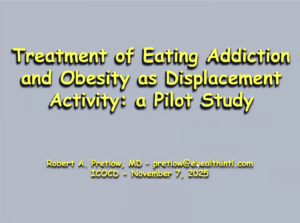







 FAQs and Media Requests:
FAQs and Media Requests: 